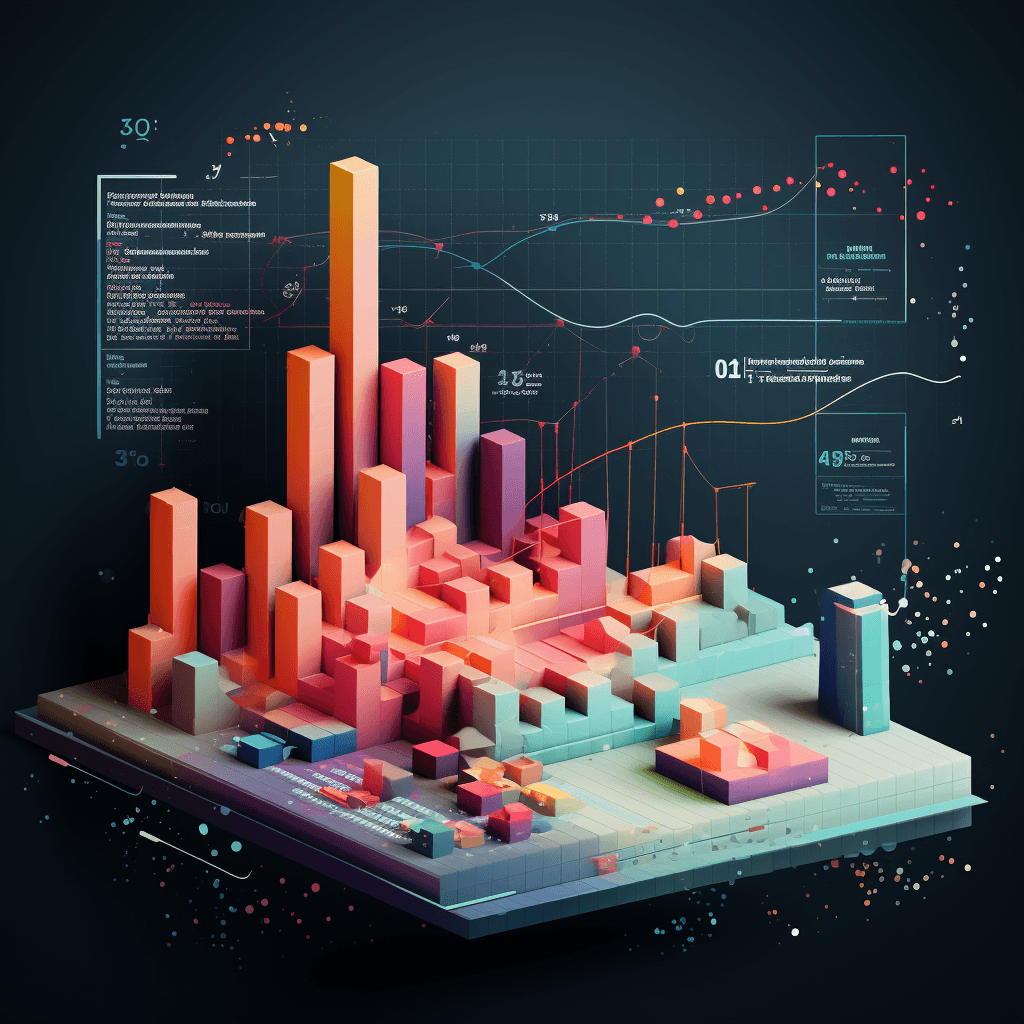Design and Development
Design approach that uses data to inform decision-making.
Data-driven design is a design approach that uses data to inform decision-making. Designers use data to understand users, identify user needs, and evaluate the effectiveness of their designs.
Data can come from a variety of sources, such as user surveys, interviews, analytics data, and usability testing. Designers can use this data to:
Understand users: Data can help designers to understand user demographics, motivations, and behaviors. This information can be used to create designs that are tailored to the specific needs of the intended users.
Identify user needs: Data can help designers to identify the unmet needs of their users. This information can be used to develop new products and features or to improve existing designs.
Evaluate the effectiveness of designs: Data can be used to evaluate the effectiveness of designs in terms of usability, performance, and user satisfaction. This information can be used to make improvements to existing designs.
Data-driven design is a powerful tool that can help designers to create better products and services. However, it is important to note that data is not a silver bullet. It is important to use data in conjunction with other design methods, such as user research and prototyping.
Here are a few examples of how data-driven design can be used in practice:
A product designer might use data from user surveys to understand what features are most important to users and how they prefer to use the product.
A UX designer might use analytics data to track how users interact with a website and identify any areas where the design can be improved.
A service designer might use usability testing to observe how users interact with a new service and identify any areas where the design is confusing or difficult to use.
Data-driven design is an essential skill for any designer who wants to create products and services that are truly user-friendly and effective.
As a designer, I believe that data-driven design is essential for creating great products. By understanding the data about users, we can create designs that are more likely to meet their needs and solve their problems.
Of course, data is not the only factor that should influence design decisions. We also need to consider things like creativity, intuition, and aesthetics. But data can be a valuable tool for helping us to make informed decisions and to create the best possible products for our users.


